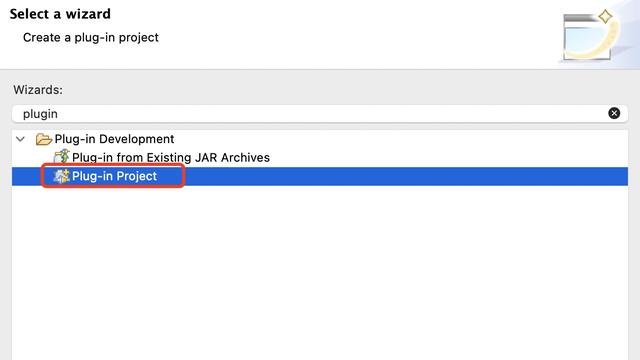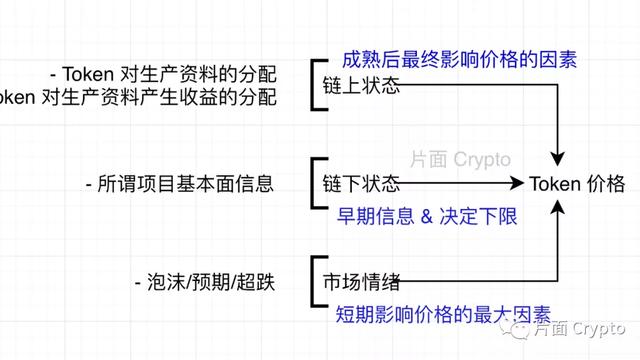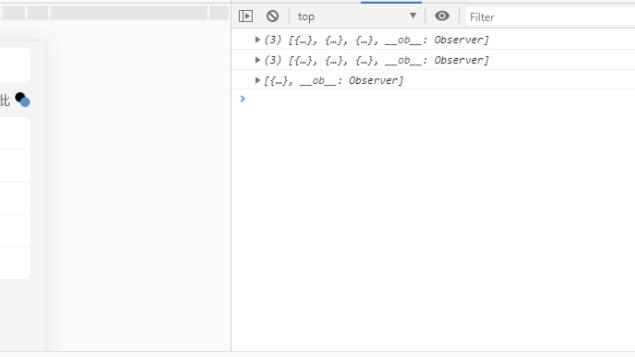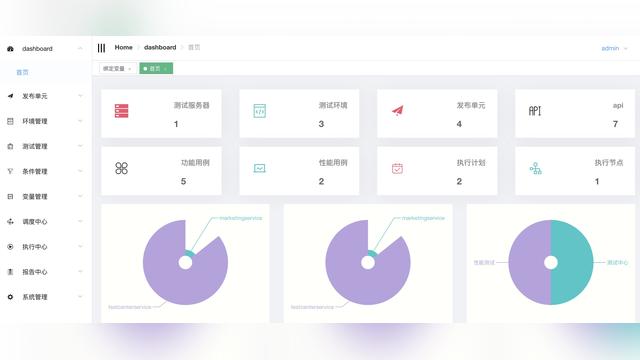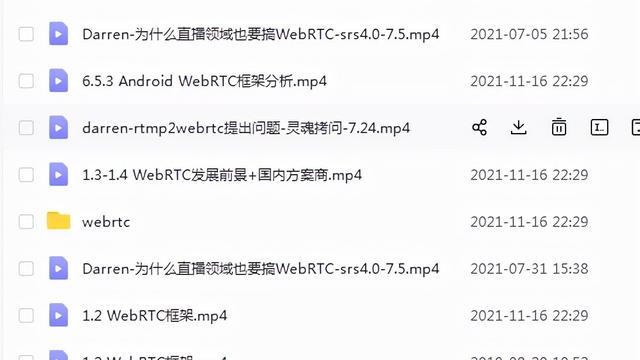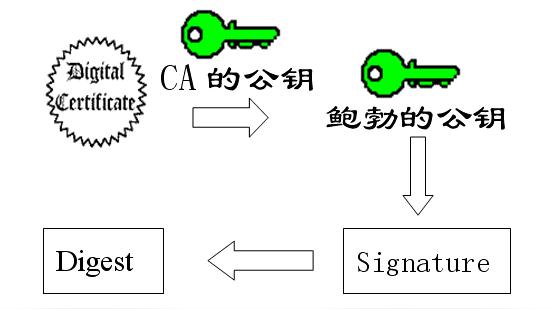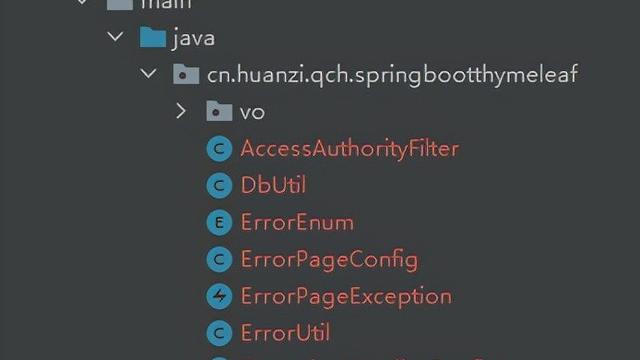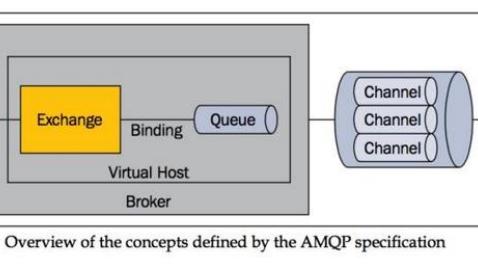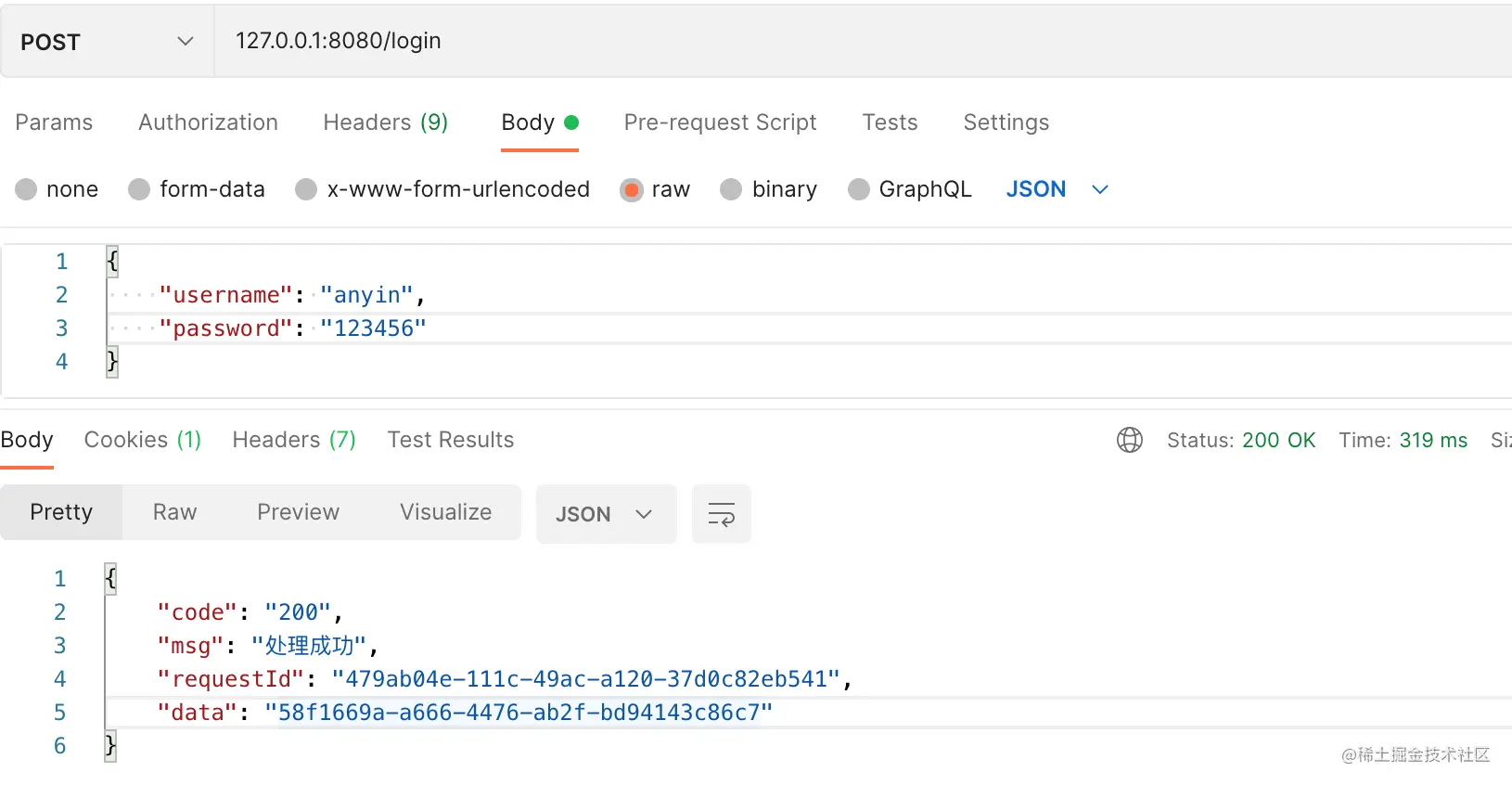漫谈Gossip协议与其在Redis Cluster中的实现
前言
之前给小伙伴们科普ClickHouse集群的时候,我曾经提到ClickHouse集群几乎是去中心化的(decentralized),亦即集群中各个CK实例是对等的,没有主从之分。集群上的复制表、分布式表机制只是靠外部ZooKeeper做分布式协调工作。想了想,又补了一句:
“其实单纯靠P2P互相通信就能维护完整的集群状态,实现集群自治,比如redis Cluster。”
当然限于时间没有展开说。这个周末休息够了,难得有空,来随便讲两句吧。
在官方Redis Cluster出现之前,要实现集群化Redis都是依靠Sharding+Proxy技术,如Twemproxy和Codis(笔者之前也写过 Codis集群 的事儿)。而官方Redis Cluster走了去中心化的路,其通信基础就是Gossip协议,同时该协议还能保证一致性和可用性。本文先来介绍一下它。
Gossip协议
简介
最近几个月一直在看《Friends》下饭。认为自己从不gossip的Rachel一语道破了gossip的本质。

现实生活中的流言八卦传播的机制就是“I hear something and I pass that information on”,并且其传播速度非常快。而Gossip协议就是借鉴了这个特点产生的,在P2P网络和分布式系统中应用广泛,它的方法论也特别简单:
在一个处于有界网络的集群里,如果每个节点都随机与其他节点交换特定信息,经过足够长的时间后,集群各个节点对该份信息的认知终将收敛到一致。
这里的“特定信息”一般就是指集群状态、各节点的状态以及其他元数据等。可见,Gossip协议是完全符合BASE理论精神的,所以它基本可以用于任何只要求最终一致性的领域,典型的例子就是区块链,以及部分分布式存储。另外,它可以很方便地实现弹性集群(即节点可以随时上下线),如失败检测与动态负载均衡等。
以下GIF图示出Gossip协议下一种可能的消息传播过程。蓝色节点表示对消息无感知,红色节点表示有感知。

Source: https://managementfromscratch.wordPress/ target=_blank class=infotextkey>WordPress.com/2016/04/01/introduction-to-gossip/
为了使Gossip协议更易于表达和分析,一般都会借用流行病学(epidemiology)中的SIR模型进行描述,因为大流行病(pandemic,比如这次新冠肺炎)的传播与流言八卦的传播具有相似性,并且已经由前人总结出一套成熟的数学模型了。
流行病学SIR模型
SIR模型早在1927年就由Kermack与McKendrick提出。该模型将传染病流行范围内的人群分为3类:
- S(易感者/susceptible) ,指未患病的人,但缺乏免疫能力,与感染者接触之后容易受到感染。
- I(感染者/infective) ,指已患病的人,并且可以将病原体传播给易感者人群;
- R(隔离者/removed) ,指被隔离在无传染环境,或者因病愈获得免疫力而不再易感的人。
如果不考虑人口的增长和减少,即s(t)+i(t)+r(t)始终为一常量的话,那么SIR模型就可以用如下的微分方程组来表示。

其中,系数β是感染率,γ则是治愈率。为了阻止以至消灭传染病的流行,医学界会努力降低感染率,提高治愈率。但是在Gossip协议的语境下,计算机科学家要做的恰恰相反,即尽量高效地让集群内所有节点都“感染”(对信息有感知)。由SIR模型推演出的Gossip协议传播模型主要有两种,即反熵(Anti-entropy)和谣言传播(Rumor-mongering),下面分别介绍之。
反熵(Anti-entropy)
熵是物理学中体系混乱程度的度量,而反熵就是通过看似杂乱无章的通信达到最终一致。反熵只用到SIR模型中的S和I状态,S状态表示节点尚未感知到数据,I状态表示节点已感知到数据,并且正在传播给其他节点。具体来讲,反熵Gossip协议有3种实现方式:
- 推模式(push):处于I状态的节点周期性地随机选择其他节点,并将自己持有的数据发送出去;
- 拉模式(pull):处于S状态的节点周期性地随机选择其他节点,并请求接收其他节点持有的数据;
- 推-拉模式(push-pull):即以上两者的综合。
下图示出在有界集群P中,以周期Δ执行反熵Gossip协议的伪代码描述。

如何分析其效率呢?为了简化问题,提出以下约束:
- 每一轮周期每个节点都只随机选择一个其他节点进行通信;
- 起始时,只有一个节点处于I状态,其他节点都处于S状态。
令s(t)表示在时刻t时,S状态的节点占总节点数n的比例(注意是比例),那么显然有s(0) = 1 - 1/n,可以计算出s(t)的期望为:
- 推模式

- 拉模式

由下图可见,拉模式的信息传播效率比推模式高,达到了真正的指数级收敛速度。综合了两者的推-拉模式效率则比拉模式更高。

但是,推模式每轮只需要1次信息交换,拉模式需要2次,推-拉模式需要3次。由于反熵Gossip协议每次都交换全量消息,数据量可能会比较大,因此具体选择哪种模式,还是需要考虑网络资源的开销再决定。
谣言传播(Rumor-mongering)
谣言传播与反熵不同的一点是,它采用完整的SIR模型。处于R状态的结点表示已经获取到了信息,但是不会将这个信息分享给其他节点,就像“谣言止于智者”一样。另一个不同点是,谣言传播机制每次只会交换发生变化的信息,而不是全量信息,所以它对网络资源的开销会比反熵机制要小很多。
下图示出在有界集群P中,以周期Δ执行谣言传播Gossip协议的伪代码描述。

图中的blind/feedback和coin/counter是怎么一回事呢?它们表示节点从I状态转移到R状态的条件。
- coin:在每轮传播中,节点以1/k的概率从I转移到R状态。
- counter:在参与k轮传播之后(即发送k次信息)之后,节点从I状态转移到R状态。
- feedback:在发出信息后,对位节点有反馈才可以进入R状态。
- blind:在发出信息后,不必等待对位节点有反馈,随时都可以进入R状态。
由上可见,谣言传播模式的结束条件是所有节点都对谣言“免疫”,但是又有可能造成部分节点始终无法对消息有感知(即保持S状态)。以coin条件为例,可以写出如下的微分方程组。其中s和i仍然表示S状态和I状态的节点占总节点数的比例。

消去t,可得:

根据初始条件:i(1 - 1/n) = 1,可以推导出:

如果我们要让i(s*) = 0的话:

可见,s 会随着k值的增高而指数级下降。当k = 1时,s 约为20%,而当k = 5时,s*就只有约0.24%了。也就是说,如果节点每轮以1/5的概率从I转换为R状态,就已经比较安全了。
在实际应用中,反熵和谣言传播的各种方式往往结合在一起使用,因此Gossip协议非常灵活,没有完全统一的标准。以下就看一看Redis Cluster的实现。
Redis Cluster的Gossip方案
Redis Cluster是在3.0版本加入的feature,故我们就选择3.0版本的源码来简单解说。下图是主从架构的Redis Cluster示意图,其中虚线表示各个节点之间的Gossip通信。

消息类型
Gossip协议是个松散的协议,没有对数据交换的格式做特别的约束,各框架可以自由设定自己的implementation。Redis Cluster有以下9种消息类型的定义,详情可见注释(注释非我所写,而是来自 redis-3.0-annotated 项目,致敬)。
/* Note that the PING, PONG and MEET messages are actually the same exact
* kind of packet. PONG is the reply to ping, in the exact format as a PING,
* while MEET is a special PING that forces the receiver to add the sender
* as a node (if it is not already in the list). */
// 注意,PING 、 PONG 和 MEET 实际上是同一种消息。
// PONG 是对 PING 的回复,它的实际格式也为 PING 消息,
// 而 MEET 则是一种特殊的 PING 消息,用于强制消息的接收者将消息的发送者添加到集群中
// (如果节点尚未在节点列表中的话)
// PING
#define CLUSTERMSG_TYPE_PING 0 /* Ping */
// PONG (回复 PING)
#define CLUSTERMSG_TYPE_PONG 1 /* Pong (reply to Ping) */
// 请求将某个节点添加到集群中
#define CLUSTERMSG_TYPE_MEET 2 /* Meet "let's join" message */
// 将某个节点标记为 FAIL
#define CLUSTERMSG_TYPE_FAIL 3 /* Mark node xxx as failing */
// 通过发布与订阅功能广播消息
#define CLUSTERMSG_TYPE_PUBLISH 4 /* Pub/Sub Publish propagation */
// 请求进行故障转移操作,要求消息的接收者通过投票来支持消息的发送者
#define CLUSTERMSG_TYPE_FAILOVER_AUTH_REQUEST 5 /* May I failover? */
// 消息的接收者同意向消息的发送者投票
#define CLUSTERMSG_TYPE_FAILOVER_AUTH_ACK 6 /* Yes, you have my vote */
// 槽布局已经发生变化,消息发送者要求消息接收者进行相应的更新
#define CLUSTERMSG_TYPE_UPDATE 7 /* Another node slots configuration */
// 为了进行手动故障转移,暂停各个客户端
#define CLUSTERMSG_TYPE_MFSTART 8 /* Pause clients for manual failover */
可见,Redis Gossip除了负责信息交换之外,还会负责节点的上下线及failover。
消息格式
Redis Gossip消息分为消息头和消息体,消息体一共有4类,其中MEET、PING和PONG消息都用clusterMsgDataGossip结构来表示。
typedef struct {
// 节点的名字
// 在刚开始的时候,节点的名字会是随机的
// 当 MEET 信息发送并得到回复之后,集群就会为节点设置正式的名字
char nodename[REDIS_CLUSTER_NAMELEN];
// 最后一次向该节点发送 PING 消息的时间戳
uint32_t ping_sent;
// 最后一次从该节点接收到 PONG 消息的时间戳
uint32_t pong_received;
// 节点的 IP 地址
char ip[REDIS_IP_STR_LEN]; /* IP address last time it was seen */
// 节点的端口号
uint16_t port; /* port last time it was seen */
// 节点的标识值
uint16_t flags;
// 对齐字节,不使用
uint32_t notused; /* for 64 bit alignment */
} clusterMsgDataGossip;
typedef struct {
// 下线节点的名字
char nodename[REDIS_CLUSTER_NAMELEN];
} clusterMsgDataFail;
typedef struct {
// 频道名长度
uint32_t channel_len;
// 消息长度
uint32_t message_len;
// 消息内容,格式为 频道名+消息
// bulk_data[0:channel_len-1] 为频道名
// bulk_data[channel_len:channel_len+message_len-1] 为消息
unsigned char bulk_data[8]; /* defined as 8 just for alignment concerns. */
} clusterMsgDataPublish;
typedef struct {
// 节点的配置纪元
uint64_t configEpoch; /* Config epoch of the specified instance. */
// 节点的名字
char nodename[REDIS_CLUSTER_NAMELEN]; /* Name of the slots owner. */
// 节点的槽布局
unsigned char slots[REDIS_CLUSTER_SLOTS/8]; /* Slots bitmap. */
} clusterMsgDataUpdate;
union clusterMsgData {
/* PING, MEET and PONG */
struct {
/* Array of N clusterMsgDataGossip structures */
clusterMsgDataGossip gossip[1];
} ping;
/* FAIL */
struct {
clusterMsgDataFail about;
} fail;
/* PUBLISH */
struct {
clusterMsgDataPublish msg;
} publish;
/* UPDATE */
struct {
clusterMsgDataUpdate nodecfg;
} update;
};
调度Gossip通信
在redis.c中,有一个负责调度执行Redis server内周期性任务的函数,名为serverCron()。其中,与集群相关的代码段如下。
/* Run the Redis Cluster cron. */
// 如果服务器运行在集群模式下,那么执行集群操作
run_with_period(100) {
if (server.cluster_enabled) clusterCron();
}
可见,在启用集群时,每个节点都会每隔100毫秒执行关于集群的周期性任务clusterCron(),该函数中与Gossip有关的代码有多处,以下是部分节选。注释写得非常清楚,笔者就不再献丑了。
节点加入集群
// 为未创建连接的节点创建连接
if (node->link == NULL) {
// .....
/* Queue a PING in the new connection ASAP: this is crucial
* to avoid false positives in failure detection.
*
* If the node is flagged as MEET, we send a MEET message instead
* of a PING one, to force the receiver to add us in its node
* table. */
// 向新连接的节点发送 PING 命令,防止节点被识进入下线
// 如果节点被标记为 MEET ,那么发送 MEET 命令,否则发送 PING 命令
old_ping_sent = node->ping_sent;
clusterSendPing(link, node->flags & REDIS_NODE_MEET ?
CLUSTERMSG_TYPE_MEET : CLUSTERMSG_TYPE_PING);
// 这不是第一次发送 PING 信息,所以可以还原这个时间
// 等 clusterSendPing() 函数来更新它
if (old_ping_sent) {
/* If there was an active ping before the link was
* disconnected, we want to restore the ping time, otherwise
* replaced by the clusterSendPing() call. */
node->ping_sent = old_ping_sent;
}
/* We can clear the flag after the first packet is sent.
*
* 在发送 MEET 信息之后,清除节点的 MEET 标识。
*
* If we'll never receive a PONG, we'll never send new packets
* to this node. Instead after the PONG is received and we
* are no longer in meet/handshake status, we want to send
* normal PING packets.
*
* 如果当前节点(发送者)没能收到 MEET 信息的回复,
* 那么它将不再向目标节点发送命令。
*
* 如果接收到回复的话,那么节点将不再处于 HANDSHAKE 状态,
* 并继续向目标节点发送普通 PING 命令。
*/
node->flags &= ~REDIS_NODE_MEET;
redisLog(REDIS_DEBUG,"Connecting with Node %.40s at %s:%d",
node->name, node->ip, node->port+REDIS_CLUSTER_PORT_INCR);
}
随机周期性发送PING消息
/* Ping some random node 1 time every 10 iterations, so that we usually ping
* one random node every second. */
// clusterCron() 每执行 10 次(至少间隔一秒钟),就向一个随机节点发送 gossip 信息
if (!(iteration % 10)) {
int j;
/* Check a few random nodes and ping the one with the oldest
* pong_received time. */
// 随机 5 个节点,选出其中一个
for (j = 0; j < 5; j++) {
// 随机在集群中挑选节点
de = dictGetRandomKey(server.cluster->nodes);
clusterNode *this = dictGetVal(de);
/* Don't ping nodes disconnected or with a ping currently active. */
// 不要 PING 连接断开的节点,也不要 PING 最近已经 PING 过的节点
if (this->link == NULL || this->ping_sent != 0) continue;
if (this->flags & (REDIS_NODE_MYSELF|REDIS_NODE_HANDSHAKE))
continue;
// 选出 5 个随机节点中最近一次接收 PONG 回复距离现在最旧的节点
if (min_pong_node == NULL || min_pong > this->pong_received) {
min_pong_node = this;
min_pong = this->pong_received;
}
}
// 向最久没有收到 PONG 回复的节点发送 PING 命令
if (min_pong_node) {
redisLog(REDIS_DEBUG,"Pinging node %.40s", min_pong_node->name);
clusterSendPing(min_pong_node->link, CLUSTERMSG_TYPE_PING);
}
}
防止节点假超时及状态过期
/* If we are waiting for the PONG more than half the cluster
* timeout, reconnect the link: maybe there is a connection
* issue even if the node is alive. */
// 如果等到 PONG 到达的时间超过了 node timeout 一半的连接
// 因为尽管节点依然正常,但连接可能已经出问题了
if (node->link && /* is connected */
now - node->link->ctime >
server.cluster_node_timeout && /* was not already reconnected */
node->ping_sent && /* we already sent a ping */
node->pong_received < node->ping_sent && /* still waiting pong */
/* and we are waiting for the pong more than timeout/2 */
now - node->ping_sent > server.cluster_node_timeout/2)
{
/* Disconnect the link, it will be reconnected automatically. */
// 释放连接,下次 clusterCron() 会自动重连
freeClusterLink(node->link);
}
/* If we have currently no active ping in this instance, and the
* received PONG is older than half the cluster timeout, send
* a new ping now, to ensure all the nodes are pinged without
* a too big delay. */
// 如果目前没有在 PING 节点
// 并且已经有 node timeout 一半的时间没有从节点那里收到 PONG 回复
// 那么向节点发送一个 PING ,确保节点的信息不会太旧
// (因为一部分节点可能一直没有被随机中)
if (node->link &&
node->ping_sent == 0 &&
(now - node->pong_received) > server.cluster_node_timeout/2)
{
clusterSendPing(node->link, CLUSTERMSG_TYPE_PING);
continue;
}
处理failover和标记疑似下线
/* If we are a master and one of the slaves requested a manual
* failover, ping it continuously. */
// 如果这是一个主节点,并且有一个从服务器请求进行手动故障转移
// 那么向从服务器发送 PING 。
if (server.cluster->mf_end &&
nodeIsMaster(myself) &&
server.cluster->mf_slave == node &&
node->link)
{
clusterSendPing(node->link, CLUSTERMSG_TYPE_PING);
continue;
}
/* Check only if we have an active ping for this instance. */
// 以下代码只在节点发送了 PING 命令的情况下执行
if (node->ping_sent == 0) continue;
/* Compute the delay of the PONG. Note that if we already received
* the PONG, then node->ping_sent is zero, so can't reach this
* code at all. */
// 计算等待 PONG 回复的时长
delay = now - node->ping_sent;
// 等待 PONG 回复的时长超过了限制值,将目标节点标记为 PFAIL (疑似下线)
if (delay > server.cluster_node_timeout) {
/* Timeout reached. Set the node as possibly failing if it is
* not already in this state. */
if (!(node->flags & (REDIS_NODE_PFAIL|REDIS_NODE_FAIL))) {
redisLog(REDIS_DEBUG,"*** NODE %.40s possibly failing",
node->name);
// 打开疑似下线标记
node->flags |= REDIS_NODE_PFAIL;
update_state = 1;
}
}
由上可知, server.cluster_node_timeout 是判断节点状态过期及疑似下线的标准,所以对于不同网络状态和规模的集群,要视实际情况设定。
实际发送Gossip消息
以下是前方多次调用过的clusterSendPing()方法的源码,不难理解。
/* Send a PING or PONG packet to the specified node, making sure to add enough
* gossip informations. */
// 向指定节点发送一条 MEET 、 PING 或者 PONG 消息
void clusterSendPing(clusterLink *link, int type) {
unsigned char buf[sizeof(clusterMsg)];
clusterMsg *hdr = (clusterMsg*) buf;
int gossipcount = 0, totlen;
/* freshnodes is the number of nodes we can still use to populate the
* gossip section of the ping packet. Basically we start with the nodes
* we have in memory minus two (ourself and the node we are sending the
* message to). Every time we add a node we decrement the counter, so when
* it will drop to <= zero we know there is no more gossip info we can
* send. */
// freshnodes 是用于发送 gossip 信息的计数器
// 每次发送一条信息时,程序将 freshnodes 的值减一
// 当 freshnodes 的数值小于等于 0 时,程序停止发送 gossip 信息
// freshnodes 的数量是节点目前的 nodes 表中的节点数量减去 2
// 这里的 2 指两个节点,一个是 myself 节点(也即是发送信息的这个节点)
// 另一个是接受 gossip 信息的节点
int freshnodes = dictSize(server.cluster->nodes)-2;
// 如果发送的信息是 PING ,那么更新最后一次发送 PING 命令的时间戳
if (link->node && type == CLUSTERMSG_TYPE_PING)
link->node->ping_sent = mstime();
// 将当前节点的信息(比如名字、地址、端口号、负责处理的槽)记录到消息里面
clusterBuildMessageHdr(hdr,type);
/* Populate the gossip fields */
// 从当前节点已知的节点中随机选出两个节点
// 并通过这条消息捎带给目标节点,从而实现 gossip 协议
// 每个节点有 freshnodes 次发送 gossip 信息的机会
// 每次向目标节点发送 2 个被选中节点的 gossip 信息(gossipcount 计数)
while(freshnodes > 0 && gossipcount < 3) {
// 从 nodes 字典中随机选出一个节点(被选中节点)
dictEntry *de = dictGetRandomKey(server.cluster->nodes);
clusterNode *this = dictGetVal(de);
clusterMsgDataGossip *gossip;
int j;
/* In the gossip section don't include:
* 以下节点不能作为被选中节点:
* 1) Myself.
* 节点本身。
* 2) Nodes in HANDSHAKE state.
* 处于 HANDSHAKE 状态的节点。
* 3) Nodes with the NOADDR flag set.
* 带有 NOADDR 标识的节点
* 4) Disconnected nodes if they don't have configured slots.
* 因为不处理任何槽而被断开连接的节点
*/
if (this == myself ||
this->flags & (REDIS_NODE_HANDSHAKE|REDIS_NODE_NOADDR) ||
(this->link == NULL && this->numslots == 0))
{
freshnodes--; /* otherwise we may loop forever. */
continue;
}
/* Check if we already added this node */
// 检查被选中节点是否已经在 hdr->data.ping.gossip 数组里面
// 如果是的话说明这个节点之前已经被选中了
// 不要再选中它(否则就会出现重复)
for (j = 0; j < gossipcount; j++) {
if (memcmp(hdr->data.ping.gossip[j].nodename,this->name,
REDIS_CLUSTER_NAMELEN) == 0) break;
}
if (j != gossipcount) continue;
/* Add it */
// 这个被选中节点有效,计数器减一
freshnodes--;
// 指向 gossip 信息结构
gossip = &(hdr->data.ping.gossip[gossipcount]);
// 将被选中节点的名字记录到 gossip 信息
memcpy(gossip->nodename,this->name,REDIS_CLUSTER_NAMELEN);
// 将被选中节点的 PING 命令发送时间戳记录到 gossip 信息
gossip->ping_sent = htonl(this->ping_sent);
// 将被选中节点的 PING 命令回复的时间戳记录到 gossip 信息
gossip->pong_received = htonl(this->pong_received);
// 将被选中节点的 IP 记录到 gossip 信息
memcpy(gossip->ip,this->ip,sizeof(this->ip));
// 将被选中节点的端口号记录到 gossip 信息
gossip->port = htons(this->port);
// 将被选中节点的标识值记录到 gossip 信息
gossip->flags = htons(this->flags);
// 这个被选中节点有效,计数器增一
gossipcount++;
}
// 计算信息长度
totlen = sizeof(clusterMsg)-sizeof(union clusterMsgData);
totlen += (sizeof(clusterMsgDataGossip)*gossipcount);
// 将被选中节点的数量(gossip 信息中包含了多少个节点的信息)
// 记录在 count 属性里面
hdr->count = htons(gossipcount);
// 将信息的长度记录到信息里面
hdr->totlen = htonl(totlen);
// 发送信息
clusterSendMessage(link,buf,totlen);
}
The End
作者:zthinker
出处:https://zthinker.com/archives/%E6%BC%AB%E8%B0%88gossip%E5%8D%8F%E8%AE%AE%E4%B8%8E%E5%85%B6%E5%9C%A8rediscluster%E4%B8%AD%E7%9A%84%E5%AE%9E%E7%8E%B0
